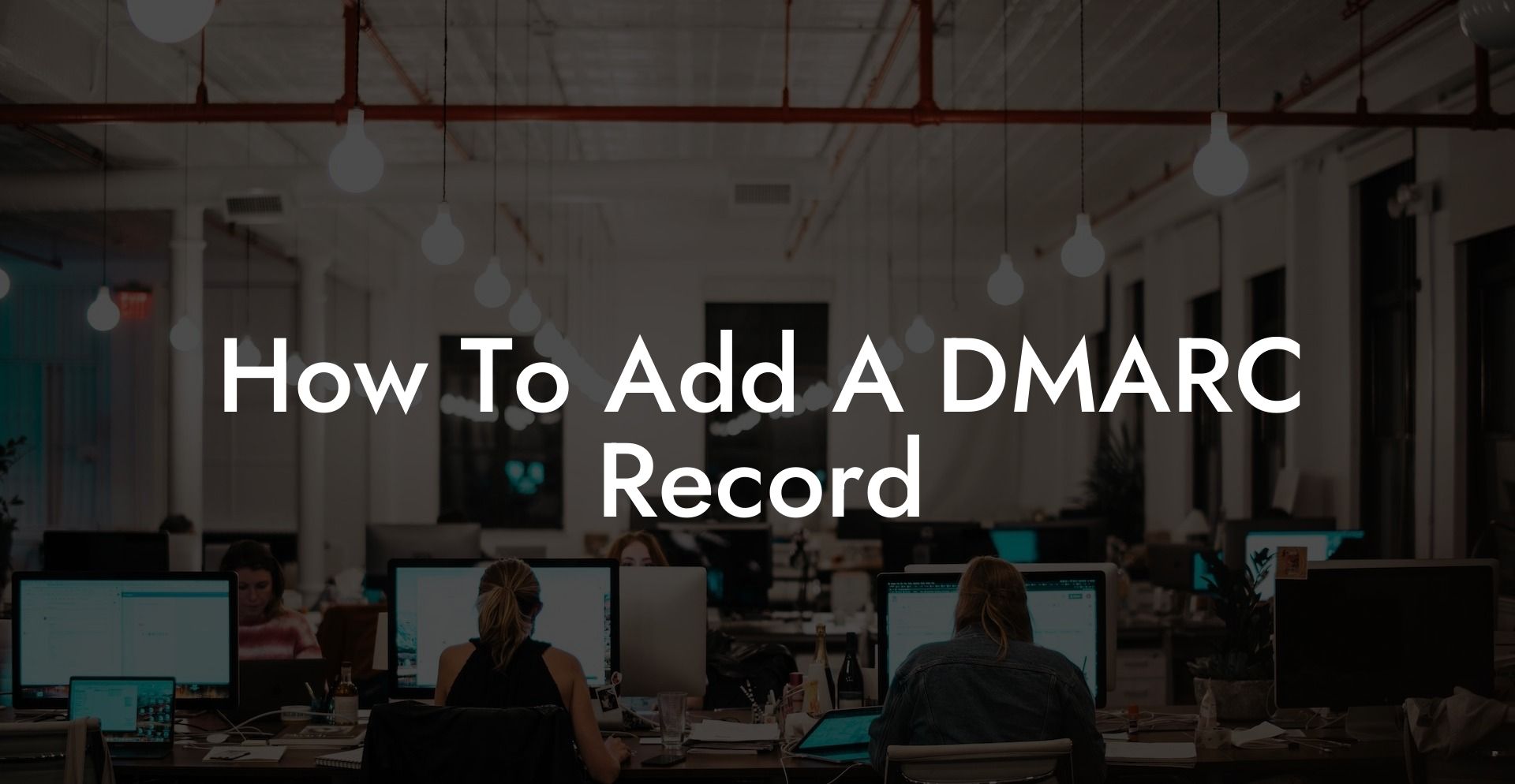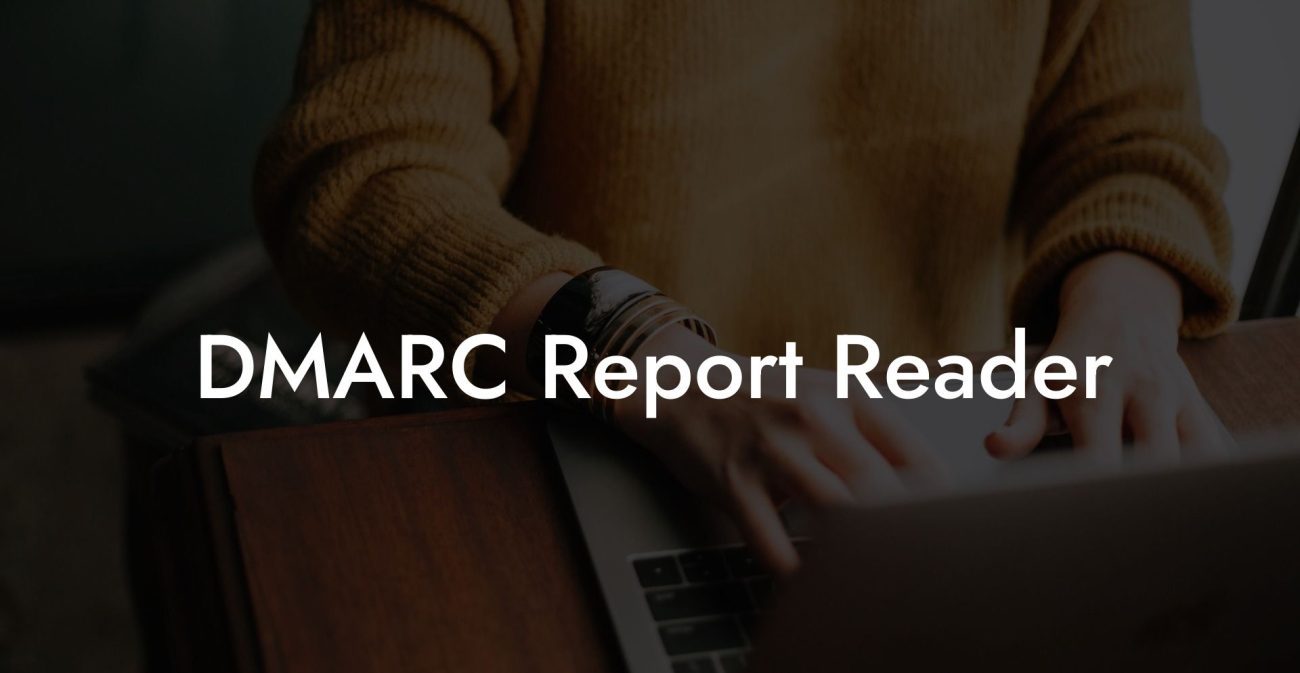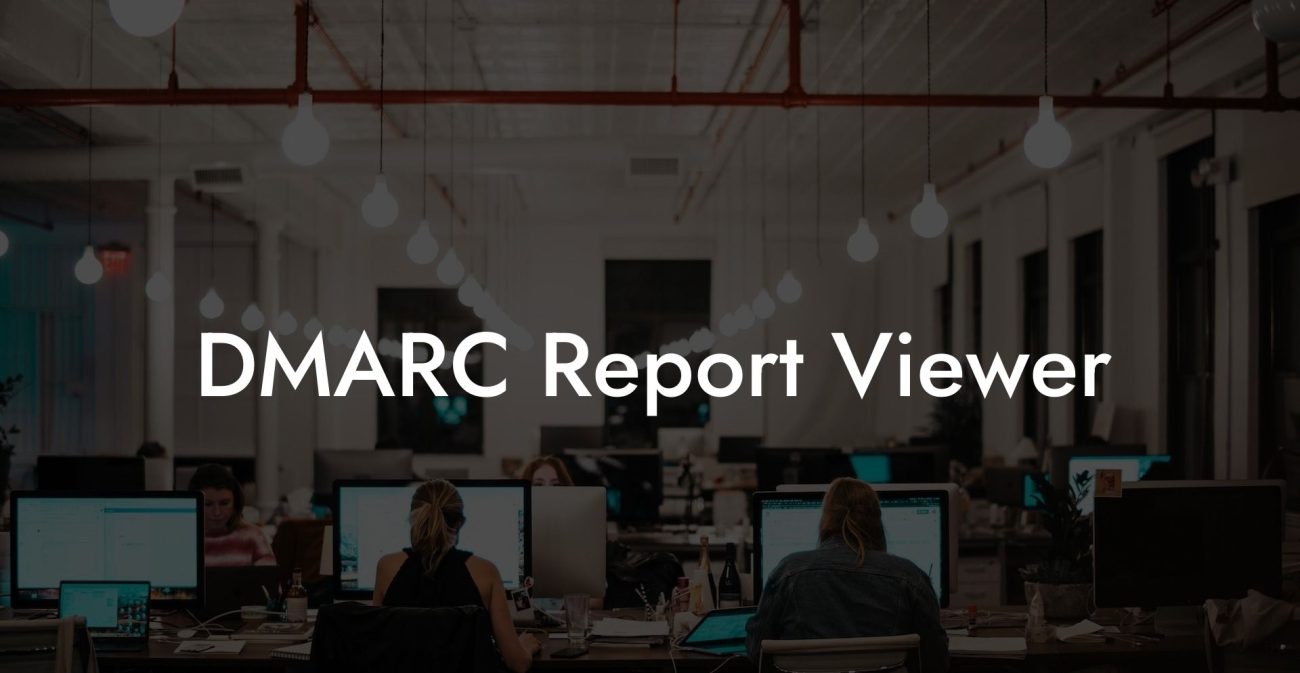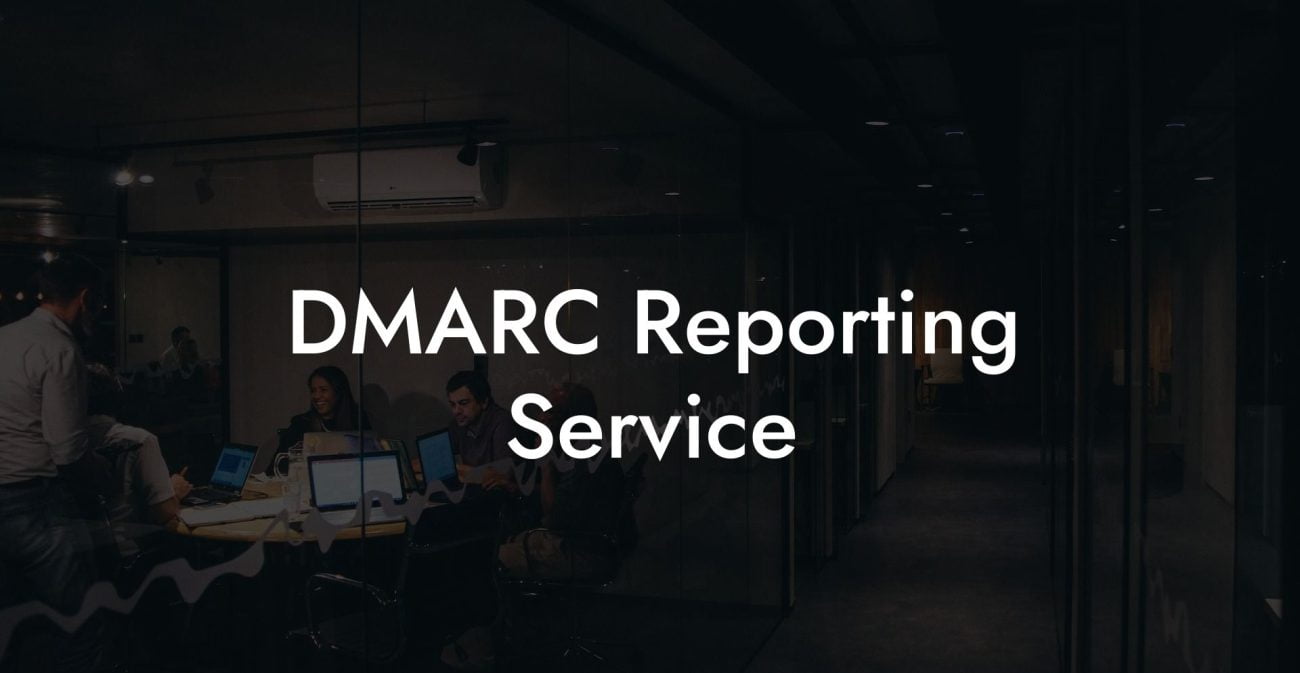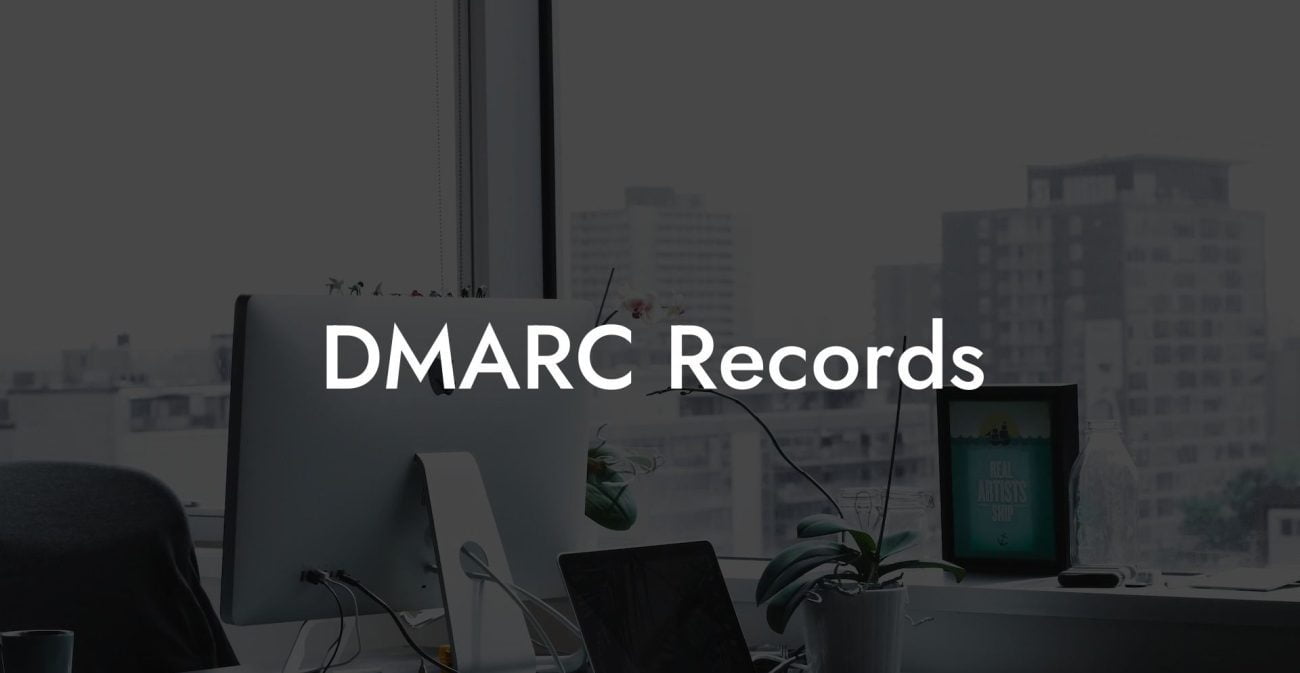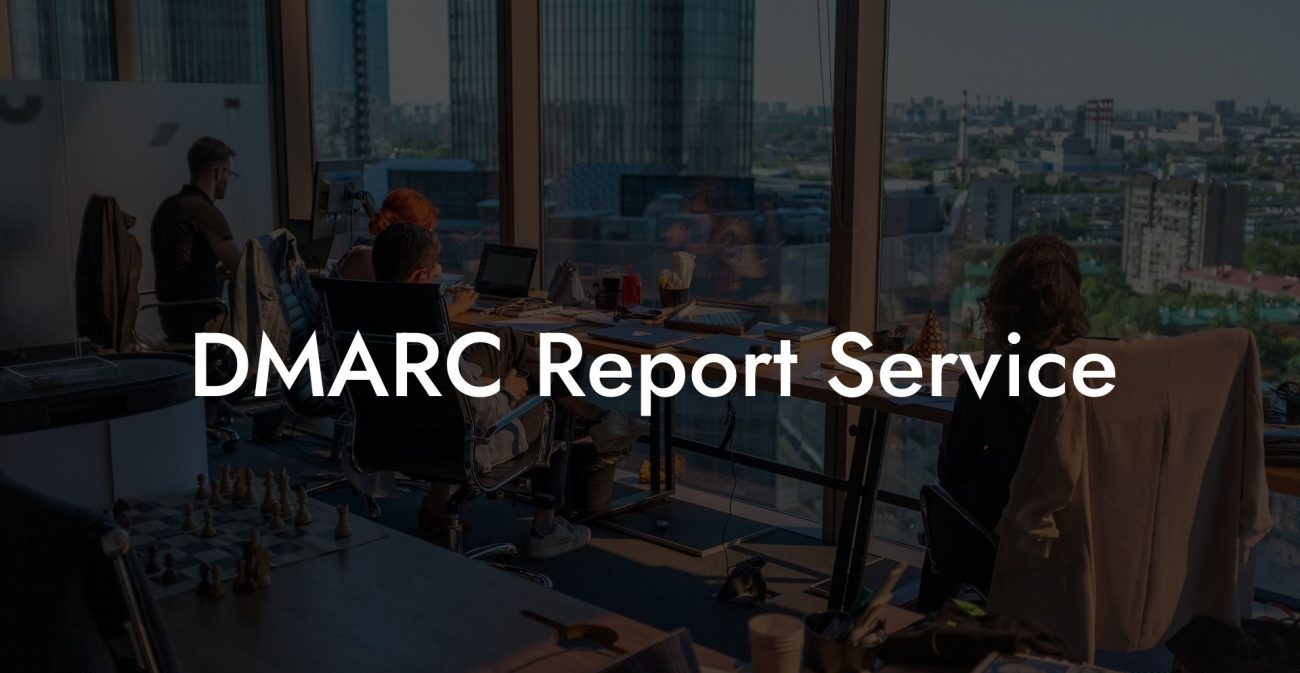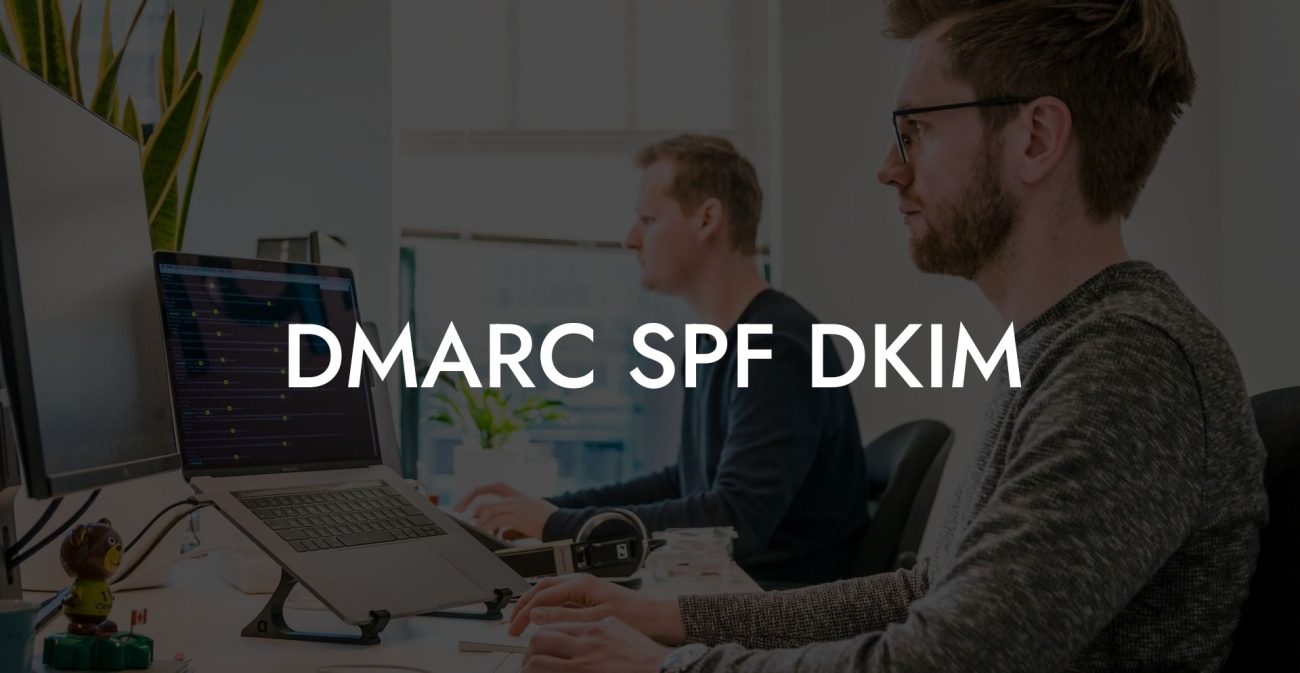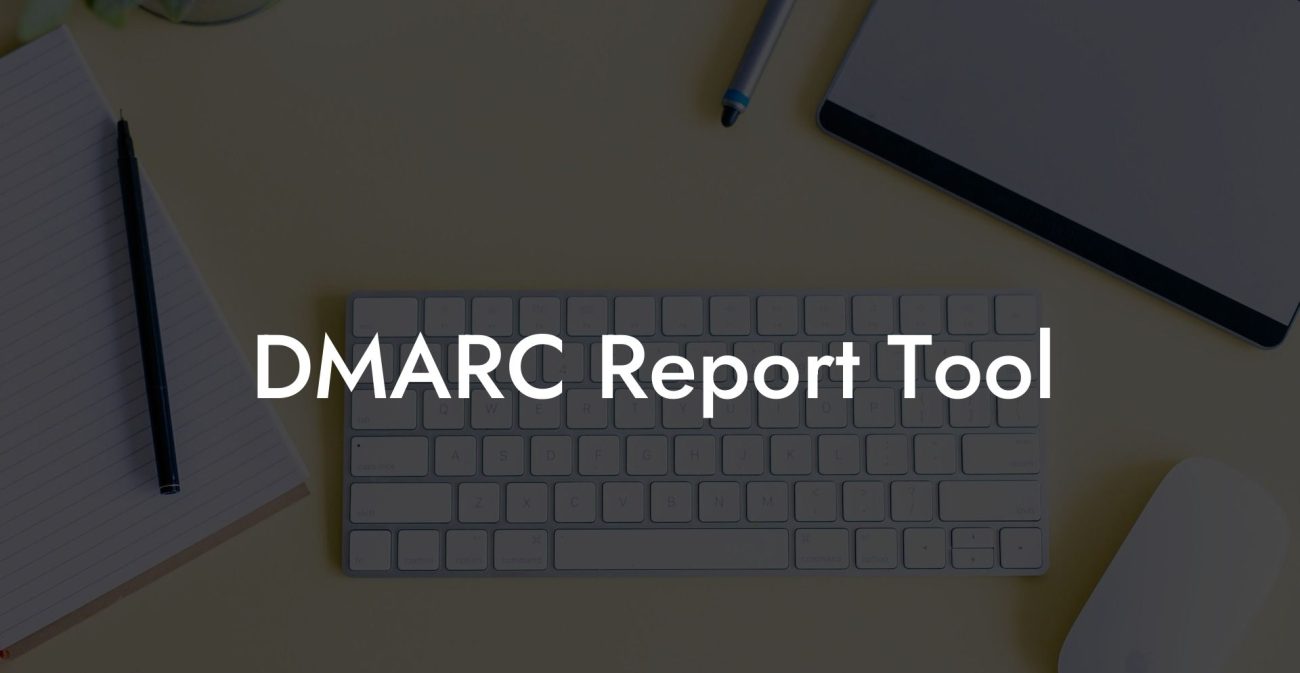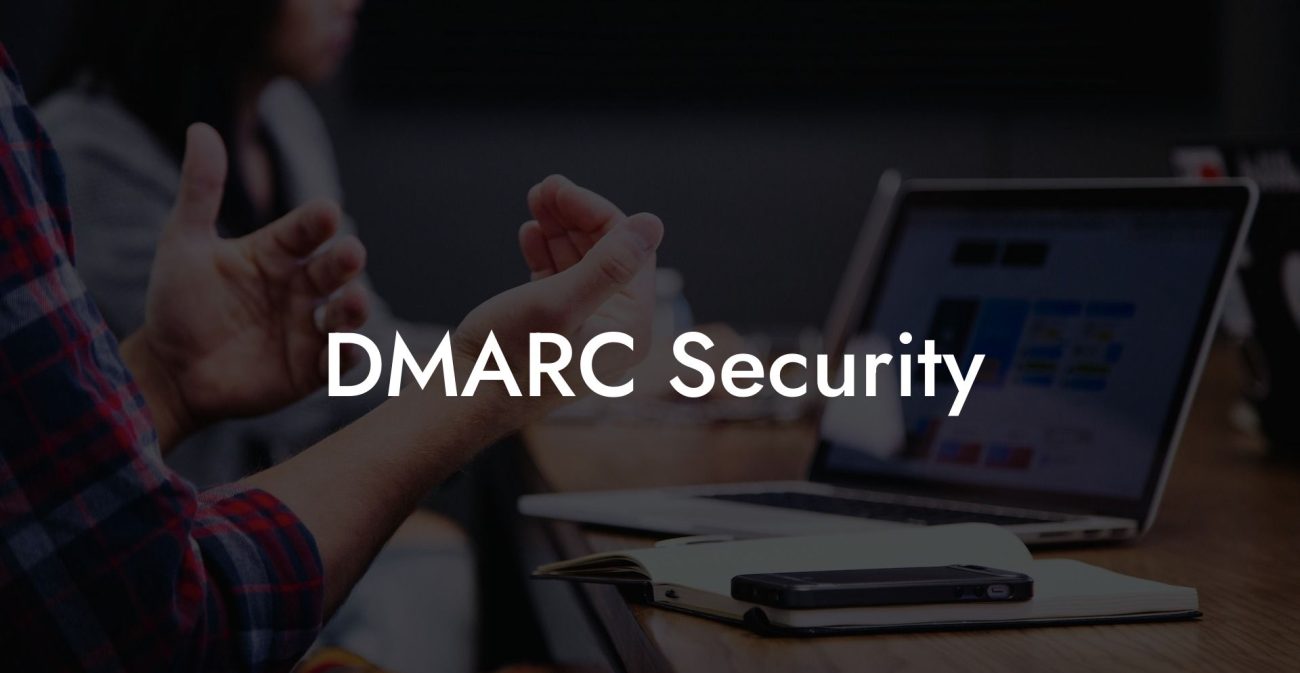In today's ever-evolving digital world, protecting your email against cyber criminals is crucial. One effective way to do this is by implementing a Domain-based Message Authentication, Reporting & Conformance (DMARC) record. So, what exactly is DMARC, and how can you add a DMARC record to your domain? In this comprehensive guide, we'll cover everything you need to know to safeguard your email communications and improve your cybersecurity posture.
How To Add A DMARC Record Table of Contents
What is DMARC?
DMARC is an email authentication protocol that helps protect domain owners from unauthorized use of their domain, such as phishing attacks, spoofing, and spam. By adding a DMARC record to your domain's DNS, you're essentially telling email receivers to validate messages from your domain against Sender Policy Framework (SPF) and DomainKeys Identified Mail (DKIM) authentication standards. This validation ensures that the messages are genuinely from your domain and not malicious in nature.
Why is DMARC Important?
- Enhanced email security: Implementing DMARC helps secure your email domain by preventing unauthorized emails from reaching your customers, employees, or partners.
- Improved deliverability: As DMARC enables better authentication of your emails, it increases the likelihood of your legitimate messages landing in recipients’ inboxes rather than the spam or junk folders.
- Brand protection: DMARC prevents scammers from using your domain to execute phishing attacks, thereby protecting your brand reputation.
- Visibility and reporting: DMARC reports provide insights on who is sending email on behalf of your domain, allowing you to monitor and manage your email ecosystem effectively.
How to Add a DMARC Record
Protect Your Data Today With a Secure Password Manager. Our Top Password Managers:
Implementing DMARC involves creating a DMARC record in your domain's DNS and adding the appropriate authentication policies. Follow these steps to add a DMARC record:
Step 1: Check Your SPF and DKIM Records
Before adding a DMARC record, you need to ensure that your domain has proper SPF and DKIM records in place. These authentication mechanisms help identify the legitimate emails coming from your domain.
Step 2: Create a DMARC Record
Create a DMARC record by specifying the following components:
- Version (_dmarc): This indicates the DMARC version in use and should always be "v=DMARC1".
- Policy (p): This outlines how the receiver should handle unauthenticated emails. There are three policy options:
- None (p=none): Only monitor the email flows and gather data without taking any action.
- Quarantine (p=quarantine): Mark the unauthenticated emails as spam.
- Reject (p=reject): Reject the unauthenticated emails and don't deliver them to the recipient.
- Aggregate reports (rua): This specifies an email address where you'll receive aggregate DMARC reports.
- Failure reports (ruf): This indicates an email address where you'll receive individual failure reports.
- Other optional tags: These are additional parameters that can be used to fine-tune your DMARC record, such as a subdomain policy or the interval for sending reports.
Step 3: Add the DMARC Record to Your Domain's DNS
For the domain you want to protect, create a new TXT record and set the hostname to "_dmarc". Enter your DMARC record as the value for this TXT record. Save and publish these changes to update your domain's DNS.
How To Add A DMARC Record Example:
Here's an example of a DMARC record:
v=DMARC1; p=quarantine; rua=mailto:aggregate@example.com; ruf=mailto:failures@example.comThis example specifies a DMARC version of 1, a quarantine policy, and includes email addresses for aggregate and individual failure reports.
In conclusion, implementing a DMARC record is an essential step towards safeguarding your domain against cyber threats like spoofing, phishing, and spam. By adding a DMARC record, you improve email security, enhance deliverability, and maintain your brand reputation. Don’t forget to share this guide with your colleagues and explore other cybersecurity guides on Voice Phishing to continue building a robust defensive posture for your organization.
Protect Your Data Today With a Secure Password Manager. Our Top Password Managers:

